Last year was a tough one, on many counts. A pandemic that wouldn’t let go; devastating heat waves, wildfires, storms and floods around the globe; spiraling inflation and economic hardship; the war in Ukraine, with heavy worldwide impacts. Sometimes it was hard to see the silver lining.
But behind the headlines, good things were happening all around us, and you already know that if you’ve been reading our stories here at The Esperanza Project. People have been resisting doom, destruction and despair on many fronts: healing the land, confronting racism, rebuilding together from catastrophic distasters, building strong and creative resistance movements, and creating models of buen vivir — literally “good living,” the Andean concept of good living in harmony with the Earth and each other, which we would do well to encourage and follow.
As we head into 2023, here are 13 of our best and most hopeful stories from the past year — a powerful number that has been associated with positive change, and one that honors the feminine and lunar mysteries.
Para leer esta historia en Español haz click AQUÍ
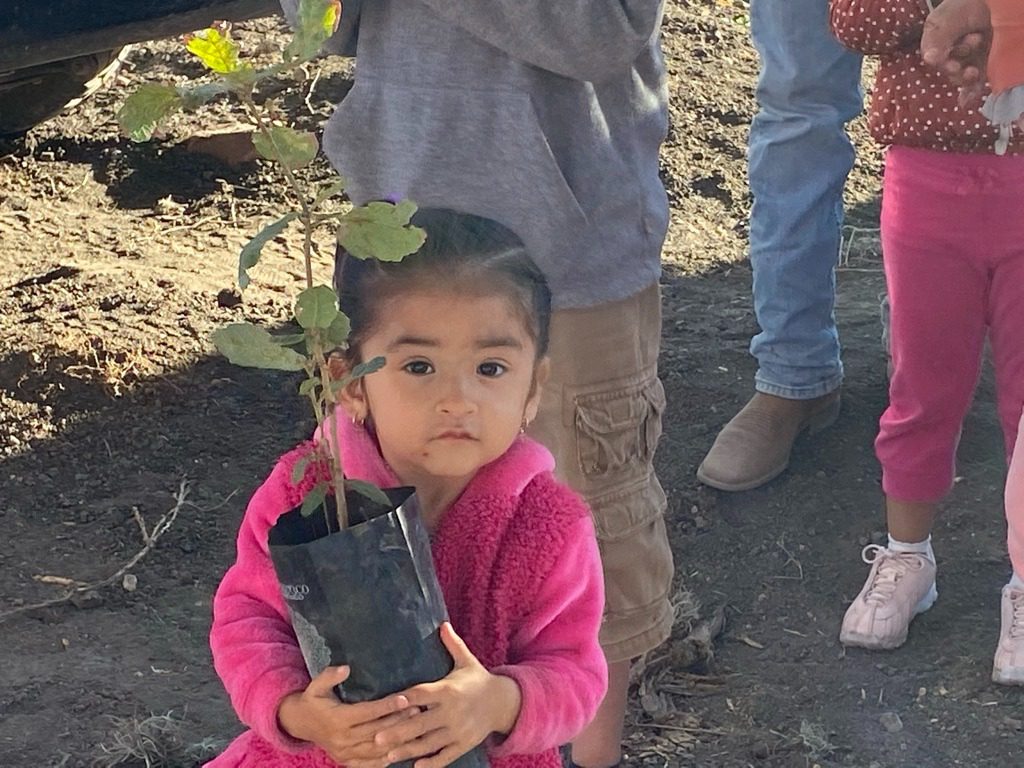
1. Regenerative Agriculture
Planting Agroecology in the Sacred Desert of Wirikuta: Project models regenerative agriculture alternatives to extractive megaprojects
“A group of people, including local farmers, gathered in the endangered desert of Wirikuta to learn ways in which mesquite, agave and agroecological integrated milpas, or cornfields, can regenerate degraded soils and reinvigorate the local economy, to face the threat of industrialized agriculture and mining that menace to destroy the land.” This is one of many regenerative agriculture projects underway throughout the world that promise to bring healing and hope to the regions where they are planted.
2. Confronting Discrimination
Removing Racism, One Statue at a Time: After years of delayed promises from the government, Purhépecha community members toppled a racist monument in Morelia.
“This action joins a global movement that has torn down and defaced monuments in dozens of cities around the world for the same reasons: to stop extolling the symbols of slavery and exploitation of indigenous peoples and to start writing a new history where opressed indigenous peoples claim their dignity.”

3. Green Communities
Discovering the Ecobarrios of Latin America: New book explores a model for green living that transcends borders.
The co-editor of this book is Coyote Alberto Ruz, co-founder of the Vision Council, several ecobarrios (ecological neighborhoods), eco-villages and other styles of “buen vivir” that stand out for their resilient and regenerative impetus for society.

4. Spiritual Healing
Renovation of the World in Wirikuta: Wixárika ceremony reveals there is still time to save life on the planet — by working together.
“On the night of March 18, 2022, a full moon rose over the Cerro del Quemado, the mountain known to the Wixárika people as the Birthplace of the Sun, to reveal an unforgettable sight: Hundreds of Wixaritari gather to pray and bear witness the Renovation of the World, a ceremony to heal the wounded connection between humans and the Earth.”

5. Community Resilience
Grief and Gratitude in a New Mexico Fire: As wildfire and floods bring devastation to Calf Canyon and Hermit’s Peak, community steps forward to rebuild lives.
“Food and clothing banks emerged. Homes opened their doors to long-term guests. Arenas were developed to host a wide range of critters from cats to cows. Musical bands raised money for victims of the fire. Free breakfasts were shared on porches. The beauty of such selfless acts of kindness brought tears to our eyes.”
6. Indigenous community forestry (2-part series)
Chimalapas: Building community to save a forest: Indigenous villages in Oaxaca join forces in border conflict zone
“The Chimalapas region possesses the largest swath of well-preserved rainforests and cloud forests in Mesoamerica, making it one of the most important tropical zones and gene banks in the region.”
By Zapotec journalist Diana Manzo
Community Foresters Unite to Save Biodiversity Hotspot: New mining and timbering threaten Indigenous forestry in Oaxaca’s Chimalapas reserve.

7. Indigenous Autonomy
Wixárika community takes back financial autonomy in historic vote in Mexico.
San Sebastian achieved the right to manage its own public budget without the intervention of political parties, with women at the table under an agreement of gender parity, a rarity among Indigenous governments and, indeed, governments in general.
By Angélica Almazán and Tracy Barnett

8. Indigenous Women On the Front Lines
Indigenous Women build movement to tackle ‘Terricide’ in Argentina: The Movement of Indigenous Women for Good Living seeks to stop both the murder of the Earth and the violence towards women and girls.

9. Territorial defense (2-part series)
Tribes and water protectors ward off new Black Hills gold rush
“We believe the economic value of that water far exceeds any value that our economy would see from mining the area, which is, in our opinion, too sensitive for us to do that and very likely would endanger our drinking water,” said Justin Herreman, one of the citizens who are taking action against the threat of the gold mines.
Small-town citizens get creative in Black Hills uranium mine fight
Ballot initiative would declare mining a ‘nuisance’ — a way to protect treasured springs under seige.

Photo COURTESY / Black Hills Clean Water Alliance
10. Alternative Voices
Esperanza Project joins forces with Earth Sky Woman Tami Brunk in EcoSapien Speaker Series + ‘Call of the Turtle’ Mini Vision Council, part of the month-long Turtle Island Reborn: Restoring Sacred Culture in the Americas
“The intention of this convergence and series was to bridge the worlds of spirituality, ecology, indigenous wisdom and visionary activism with a focus on the Americas or “Turtle Island” as many indigenous nations view the continents.”
11. Waste Management
Facing Mexico’s zero-waste challenge
“Grassroots organizations in Mexico are promoting inclusive recycling by helping usher trash pickers, or pepenadores, into the salaried workforce. What’s more, Mexican environmental activists have devised unique ways to attract community participation in reducing and recycling domestic waste.”
12. Regenerative models
Tikkun Eco Center : Spreading seeds of change through water harvesting, community building and regenerative agriculture
A non-profit Permaculture center on the outskirts of San Miguel de Allende, Guanajuato has been active for almost 15 years now, Victoria and Ben, the couple that started it had the dream to plant trees and develop water harvesting systems that would transform the arid, barren land into a fertile ecosystem and teach how to create self-sustaining ecological community where people can grow food, disengage from destructive systems and create community projects that benefit everyone.
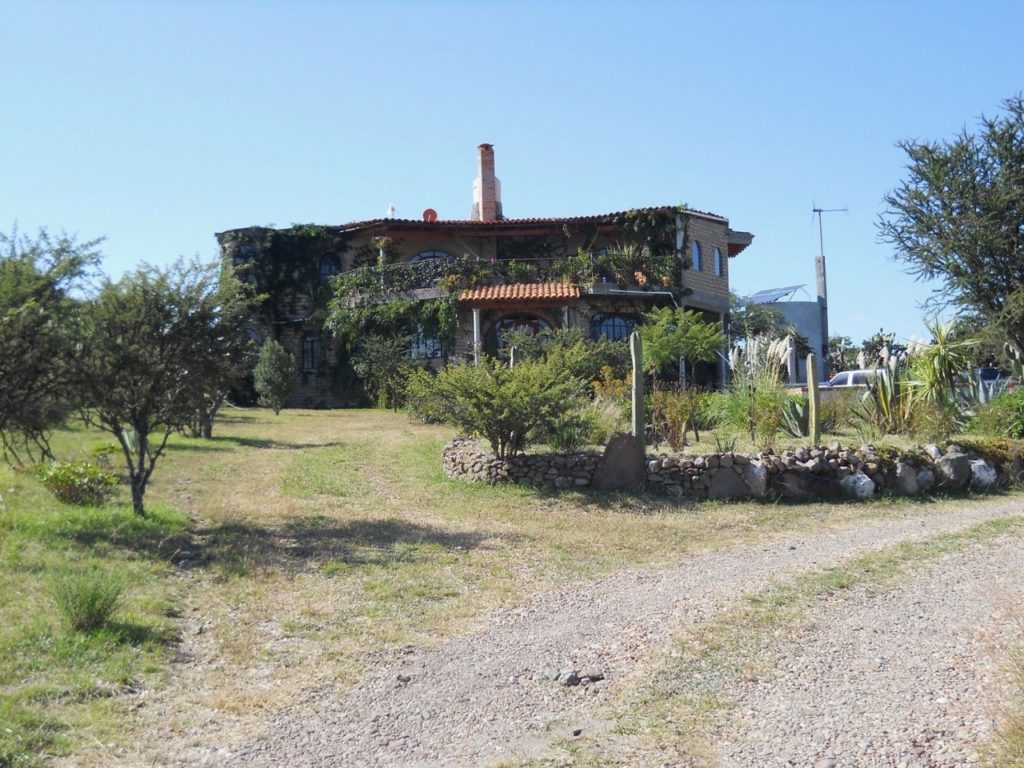
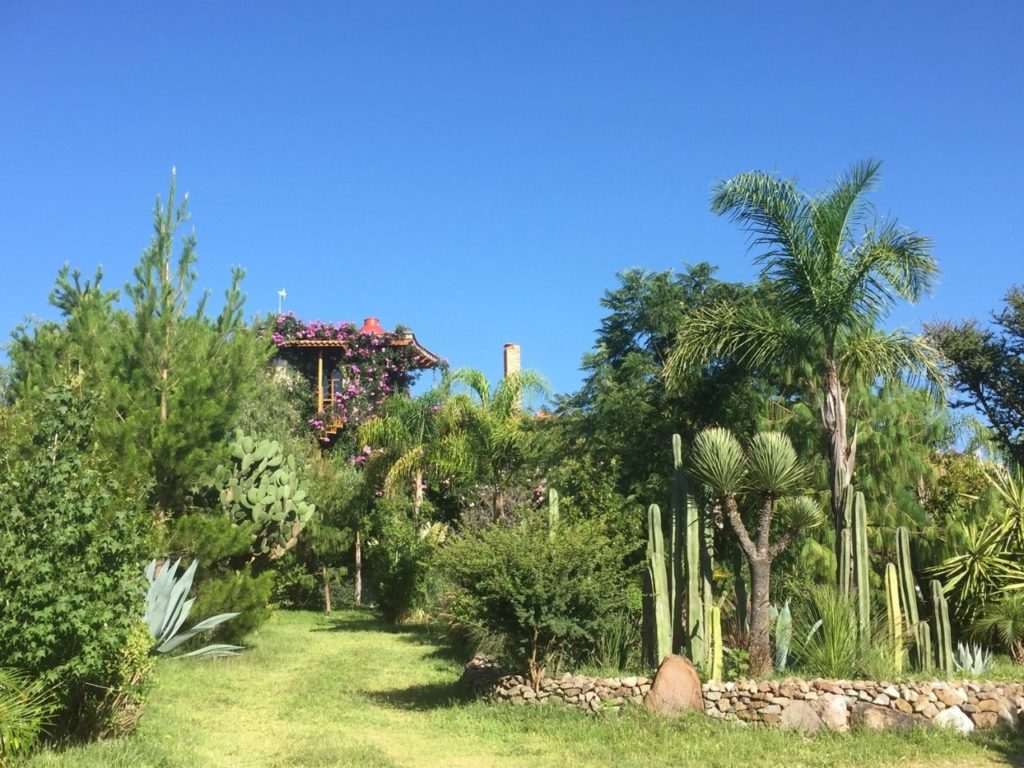
Tikkun Eco-Center, before and after reforestation. Photo courtesy: Victoria Collier
13. Social Change
“Embrace of the Amate” generates hope, healing and action: The XVI Vision Council sparkled with music, ecological consciousness and magic
The tribe of dreamers and doers known as the Vision Council-Guardians of the Earth came together for the 16th edition of the legendary gathering to share an unforgettable week together, with workshops and celebrations, music and art, healing and sharing, visions and actions in a reflection of what life in community on the land could look like.
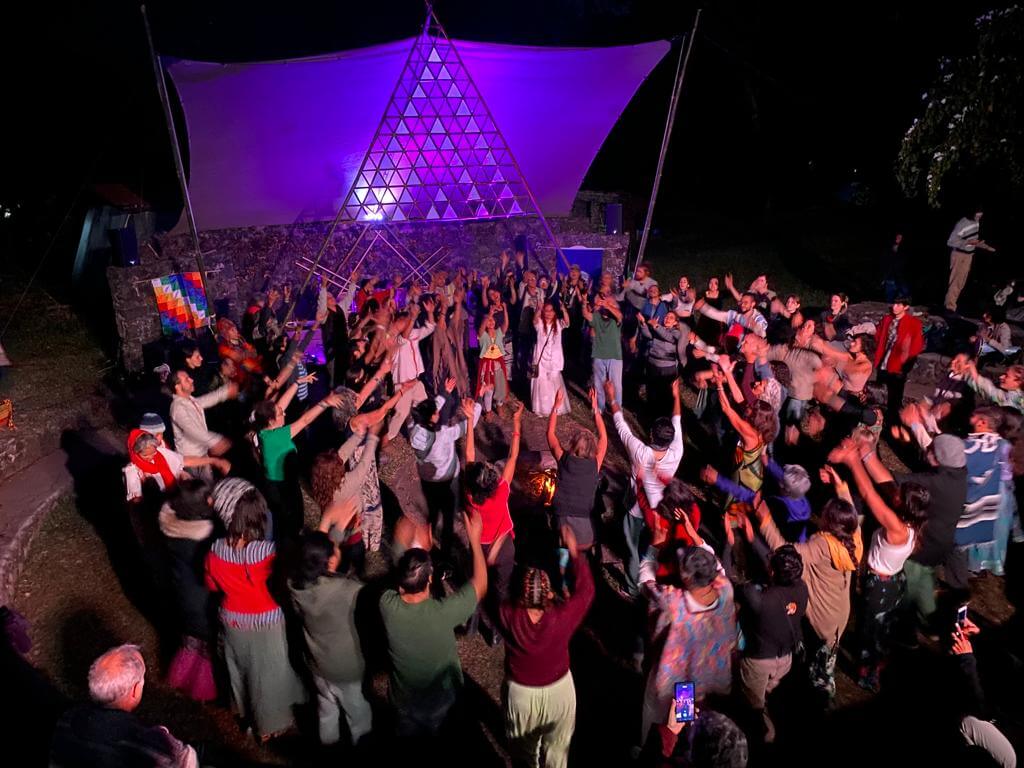
Finally, the Esperanza Project team thanks you for joining us for another year of inspiration and hope. If we join our thoughts and actions to counteract all the negative that is happening in the world, we can help to build a brighter reality, and these 13 stories are proof that people are sowing seeds of change all over the Americas and the world.
May they sprout and flourish!
We would like to hear from you, to know what you liked and what you didn’t like from our content last year and in general. We have prepared a survey for you to give us some feedback and help us to improve The Esperanza Project. Please click HERE to give us your feedback. We look forward to hearing from you!
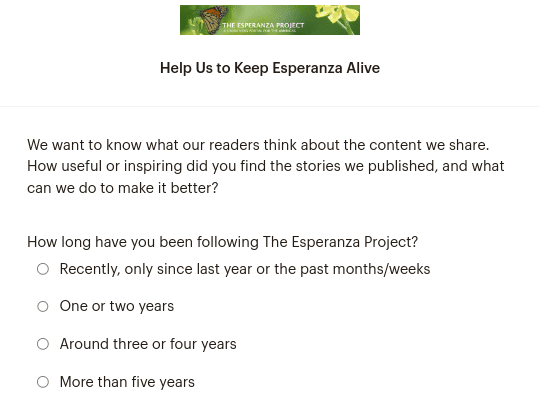

Feature photo: Rainbow Connection after the Fire, by John McLeod